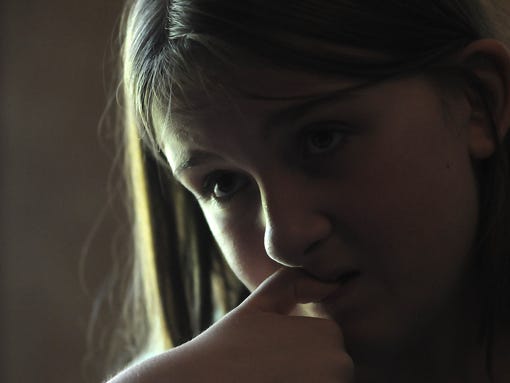IMRIS Inc. (NASDAQ: IMRS; TSX: IM)
("IMRIS" or the "Company") today announced that both VISIUS
intraoperative MRI (iMRI) and intraoperative CT (iCT) have been
utilized for the first time anywhere for a single procedure during a
spine surgery at Dartmouth-Hitchcock Medical Center (DHMC) in Lebanon,
NH.
The Center for Surgical Innovation (CSI) at DHMC is the only hybrid
operating suite in the world where both VISIUS iMRI and iCT modalities
can scan a patient on the OR table with either or both modalities to
produce real-time data and diagnostic quality imaging during procedures
without moving the patient. The high-field MR and 64-slice iCT scanners
move to the patient on ceiling-mounted rails within the four-room
suite.
"Having access to diagnostic quality imaging provided from both VISIUS
iMRI and iCT during such a complex case provided us the level of
precision we wouldn't otherwise have," said Sohail Mirza MD, MPH,
Medical Director of CSI and Chair of Orthopaedics at
Dartmouth-Hitchcock. "We were working to relieve severe spinal cord
compression caused by a progressive deformity and to stabilize and
correct the spinal deformity. The bone structure was highly abnormal
and the structures were very delicate, so the highest level of imaging
possible was needed in the operating room."
The surgeons operated on a 13-year-old patient with a condition called
chondrodysplasia punctata, a disorder of cartilage and bone
development. The procedure involved anterior and posterior cervical
thoracic spinal fusions where a total of three iCT scans were obtained
to plan surgical navigation, assess cord decompression, and accurately
place spinal instrumentation and pedicle screws in the pediatric
cervical and thoracic spine. Now, six weeks out from surgery, the
patient is doing well with improvement in pain and function.
IMRIS President and CEO Jay D. Miller said VISIUS intraoperative
solutions are facilitating emerging techniques through improved vision
and precision. "I continue to be impressed by the new techniques that
arise from using our intraoperative imaging technology directly in the
operating room where it can make the most difference - during surgery,"
he said. "We expect these tools will further improve the outcomes for a
growing number of neurosurgical and spinal applications and
conditions."
About IMRIS
IMRIS (NASDAQ: IMRS; TSX: IM) is a global leader in providing image guided therapy solutions through its VISIUS Surgical Theatre - a revolutionary, multifunctional surgical environment that provides unmatched intraoperative vision to clinicians to assist in decision making and enhance precision in treatment. The multi-room suites incorporate diagnostic quality high-field MR, CT and angio modalities accessed effortlessly in the operating room setting. VISIUS Surgical Theatres serve the neurosurgical, spinal, cardiovascular and cerebrovascular markets and have been selected by 61 leading medical institutions around the world.
IMRIS (NASDAQ: IMRS; TSX: IM) is a global leader in providing image guided therapy solutions through its VISIUS Surgical Theatre - a revolutionary, multifunctional surgical environment that provides unmatched intraoperative vision to clinicians to assist in decision making and enhance precision in treatment. The multi-room suites incorporate diagnostic quality high-field MR, CT and angio modalities accessed effortlessly in the operating room setting. VISIUS Surgical Theatres serve the neurosurgical, spinal, cardiovascular and cerebrovascular markets and have been selected by 61 leading medical institutions around the world.
SOURCE IMRIS Inc.
Image with caption: "The VISIUS iMRI and iCT has the ability to scan a patient on the OR table with either or both modalities to produce diagnostic quality imaging during procedures without moving the patient. (CNW Group/IMRIS Inc.)". Image available at: http://photos.newswire.ca/images/download/20140925_C9595_PHOTO_EN_42877.jpg
Kevin J. Berger
Marketing Communications Manager
IMRIS Inc.
Tel: 763-203-6332
Email: kberger@imris.com
Marketing Communications Manager
IMRIS Inc.
Tel: 763-203-6332
Email: kberger@imris.com
Source : News Wire , 25th Sep 2014



